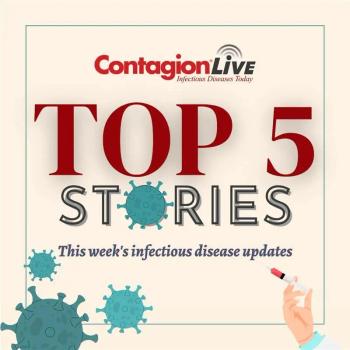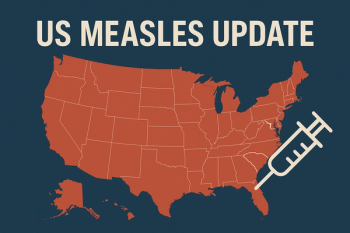
Single-Domain Antibodies Arrest RSV Fusion Protein, Preventing Infection
A team of researchers has developed single-domain antibodies that remain stable and stop respiratory syncytial virus (RSV) from entering the lungs.
Respiratory syncytial virus, also known as RSV, is the top cause of lower-respiratory-tract infections in children under age five worldwide. Roughly 33.8 million children in that age group are infected yearly, with more than 3 million requiring hospitalization because of the resulting bronchiolitis or pneumonia. The virus is also a big problem for elderly individuals. Because contracting RSV provides very little natural immunity against the disease, it is possible to become infected again and again throughout the lifespan.
Even though RSV has a huge impact on the health of both young and old people, the medical community has not yet come up with a licensed RSV vaccine. While antiviral drugs may be offered in rare instances, in most cases treatment consists of supportive care to ensure that the patient is as comfortable as possible and not in danger of dehydration. However, a team consisting of researchers from Ghent University and the Flanders Institute for Biotechnology (VIB) in Belgium, the National Institutes of Health, and the Geisel School of Medicine at Dartmouth University in Hanover, New Hampshire, recently tested a new antiviral therapy in mice that they hope will become available for use in humans.
The scientists isolated single-domain antibodies, also called Nanobodies, from dromedaries, camels, alpacas, and llamas. According to the
According to Dr. Schepens, babies with RSV infections are more likely to benefit from Nanobodies than older individuals. This is because babies with RSV exhibit particularly high levels of the virus in their lungs. Elderly individuals with RSV, by contrast, have much less viral replication and are more likely to have comorbidities such as heart disease and COPD that contribute to their illness—conditions against which Nanobodies are unlikely to be effective. The team’s goal is to offer the therapy to babies with RSV infection in order to both shorten the duration of the infection and prevent a fatal outcome.
“Typically, babies end up in the hospital one or two days before the peak of the infection,” said Dr. Schepens. “It would be...ideal to start with the Nanobody therapy before the baby enters the hospital.” Although 1% to 2% of babies in the United States are admitted to the hospital for RSV every year, RSV-related deaths in babies are
The team hopes to pair with partners in order to do further testing on animals and eventually make Nanobody therapy available to humans.
Laurie Saloman, MS, is a health writer with more than 20 years of experience working for both consumer and physician-focused publications. She is a graduate of Brandeis University and the Medill School of Journalism at Northwestern University. She lives in New Jersey with her family.
Newsletter
Stay ahead of emerging infectious disease threats with expert insights and breaking research. Subscribe now to get updates delivered straight to your inbox.






















































































































































































































































































